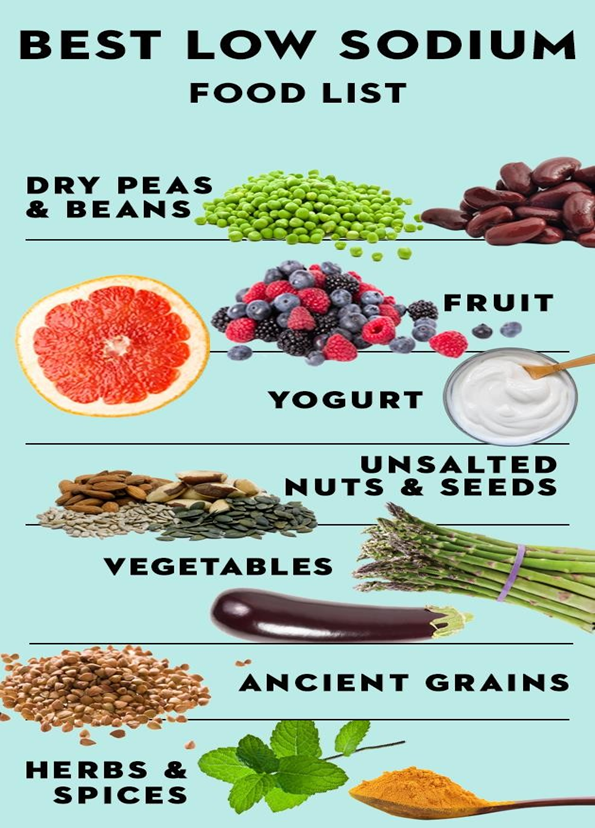A client with hemorrhoids tells the nurse they understand the need to avoid eating nuts and seeds to prevent inflammation. How should the nurse respond?
Suggest that the client also avoid fruit skins.
Confirm that these foods should be avoided.
Encourage soft foods such as yogurt.
Explain the benefits of a high fiber diet.
The Correct Answer is B
A. Suggesting that the client also avoid fruit skins may not directly address the concern about nuts and seeds, potentially causing confusion.
B. Confirming that these foods should be avoided validates the client's understanding and reinforces the importance of dietary modifications to prevent inflammation associated with hemorrhoids.
C. Encouraging soft foods such as yogurt is beneficial for easing bowel movements, but it does not specifically address the need to avoid nuts and seeds.
D. Explaining the benefits of a high fiber diet is important for overall bowel health, but it does not directly address the client's concern about avoiding specific foods that may aggravate
hemorrhoids.
Nursing Test Bank
Naxlex Comprehensive Predictor Exams
Related Questions
Correct Answer is B
Explanation
A. Macaroni and cheese. Macaroni and cheese can be high in sodium, especially if it's prepared from a boxed mix or includes processed cheese. It is not typically recommended for a low- sodium diet.
B. Turkey salad sandwich. Turkey is a lean protein, and a salad sandwich can be made with low- sodium ingredients such as whole-grain bread, fresh vegetables, and low-sodium mayonnaise or mustard.

C. Bacon, lettuce, and tomato sandwich. Bacon is high in sodium and not suitable for a low- sodium diet. Other ingredients in the sandwich may also contribute to sodium intake, depending on their preparation.
D. Clam chowder. Clam chowder is often high in sodium due to the use of clam juice and added salt in the broth. It is not recommended for a low-sodium diet.
Correct Answer is C
Explanation
A. The consumption of fruit and/or vegetables should total between 4 to 6 servings. The DASH diet actually recommends 4 to 5 servings each of fruits and vegetables per day, not combined. This statement indicates an incomplete understanding.
B. The consumption of dairy-based products should be eliminated from the diet. The DASH diet does not eliminate dairy products; instead, it recommends 2 to 3 servings of low-fat or fat-free dairy products daily.
C. The consumption of protein products should come from lean meats, nuts, and dried beans.
This is correct. The DASH diet emphasizes lean protein sources such as poultry, fish, nuts, and legumes, and limits red meat.
D. The consumption of bread products should be gluten-free. The DASH diet does not
specifically recommend gluten-free products unless the individual has a gluten intolerance or celiac disease. The focus is on whole grains rather than gluten-free.
Whether you are a student looking to ace your exams or a practicing nurse seeking to enhance your expertise , our nursing education contents will empower you with the confidence and competence to make a difference in the lives of patients and become a respected leader in the healthcare field.
Visit Naxlex, invest in your future and unlock endless possibilities with our unparalleled nursing education contents today
Report Wrong Answer on the Current Question
Do you disagree with the answer? If yes, what is your expected answer? Explain.
Kindly be descriptive with the issue you are facing.
